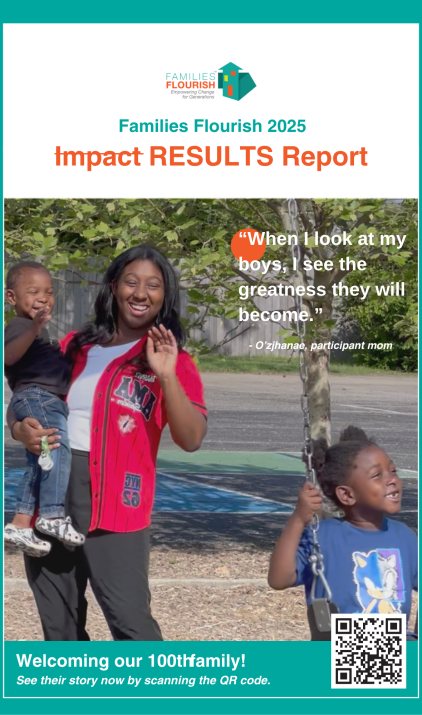By Richard Kahlenberg
The Century Foundation
KiAra Cornelius, an African-American, single mother of two, desperately wanted a school that would be more challenging for her children, particularly her son, Senoj, a straight-A student.
Tehani, a divorced Hispanic mother of three who has been homeless, wanted a school with choir and drama programs for her daughter Brandy, a passionate singer and actor.
Both mothers lived in Columbus, Ohio, whose public school system has an overall D rating on the state report card, and an F rating for academic achievement. They sought out whatever opportunities they could: Cornelius chose a charter school, and Tehani invoked a provision in federal law that allows homeless families to keep children in the school they attended before losing their home, in her case a C-rated suburban district. But each of those options proved unsatisfactory from an educational perspective, and also did nothing to help these families transition out of neighborhoods and housing they deemed unsafe.
The suburban Columbus school districts with more course offerings, more resources and higher test scores, as well as safer neighborhoods—such as Dublin, Hilliard, Gahanna, and Olentangy—were out of price range for these mothers. A long history of exclusionary zoning—local rules ranging from prohibitions on apartment buildings in some areas to requirements that multifamily units be built with expensive facades—effectively bars families with modest means from living in these communities and sending their children to the public schools.
Beginning in 2018, a small philanthropic experiment—Families Flourish—provided Cornelius, Tehani, and eight other low-income single mothers the opportunity to live in high opportunity neighborhoods such as Lewis Center, Gahanna, Hilliard, and Dublin. The program has a particular focus on improving the life chances of children. “It all started with the children,” says Amy Klaben, who is Project Facilitator of Families Flourish (which stands for Providing Relocation Opportunities to Stable Positive Environments).
This report tells the story of these two mothers with low incomes, who, just like parents of all backgrounds, want a good education for their children. The report also outlines the experience of a third mother—Janet Williams—who badly wanted to be part of Families Flourish, but currently is shut out of the program because of its limited resources.

